Just months before his tenure is slated to end, President Muhammadu Buhari finally unveiled the $1.5 billion Lekki Deep Seaport project at Ibeju-Lekki, Lagos State.
The project is one of the most important projects of the Buhari administration and is expected to usher in an improvement to the Nigerian economy as the maritime industry plays a key role in the growth and economic development.
In addition to creating job opportunities for youths, the port is expected to inject at least $361 billion into the economy.
Mohammad Bello-Koko, the Managing Director of the Nigerian Ports Authority, explained that the development would lead to economies of scale which would eventually reflect on the cost of doing business in the country.
He even said some neighbouring countries have already started expressing interest to start bringing their cargoes through Lekki deep seaport.
In addition to state-of-the-art infrastructure, Lekki port is expected to become a new-generation container terminal and a game-changing infrastructure in Nigeria and also in West Africa.
The port is Nigeria’s first deep seaport and is equipped with 13 quay cranes for a capacity of 2.5 million TEUs which equals Twenty-Foot Equivalent Units on a 1.2-kilometre quay with a depth of 16 meters.
With a capacity of up to 15,000 TEUs, the facility is set to become one of the largest in West Africa.
Here are 10 things you should know about the Lekki deep sea port
The size: The Deep seaport is one of the best ports in West Africa. Sanwo-Olu at the commissioning said the vessels that will be coming in will be four times bigger than the size of the vessels that have been coming in at TinCan and Apapa ports.
Investors: the $1.5 billion project is a joint venture between the federal government, through the Nigerian Ports Authority, the Lagos State Government, Tolarams Group (owners of the Lagos Free Zone), and China Harbour Engineering Company
Economic Impact: the economic impact of the project would translate to Revenue from duties, royalties, and taxes at $201 billion and also a Direct/Indirect business impact of $158 billion, according to ICRC.
Terminals: The port has three terminals: the container terminal, the liquid terminal and the dry bulk terminal.
Facility: The Facilities is a multi-purpose port that includes well-designed marine infrastructure, such as container (phase one), dry bulk, and liquid terminals (phase two). It has 3 Container berths, 3 Liquid and 1 Dry Bulk Berth.
Capacity: With the annual throughput of the port at 1.2 million TEU, the terminal can accommodate 18,000TEU container vessels.
Shareholding: The Nigerian Government owns 5% while the Lagos Government at 20% and the Lekki Port Investment Holding Inc owns 75% through the Special Purpose Vehicle (SPV- Lekki Port LFTZ Enterprise Limited).
Location: The project is built in a strategic location in Lagos. Its flexible and optimised layout and modern facilities give Lekki Port a competitive edge over any other port facility in the West African region.
Area: The Land Area consists of 90 Hectares, Concession Term- is 45 years, making it the First Deep Sea Port in Nigeria and the deepest port in West Africa.
Jobs: Over 169,000 direct/indirect job is expected to be created from the project.

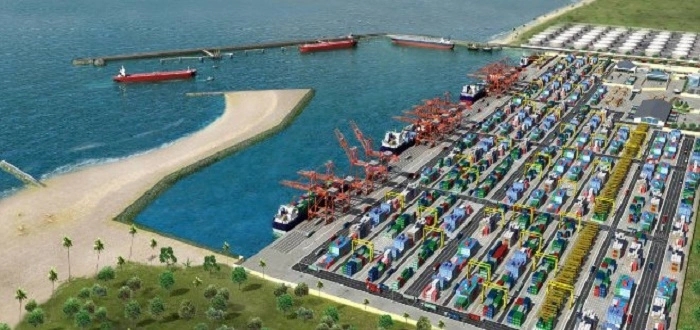






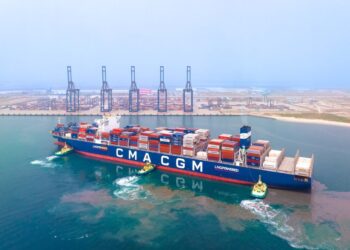
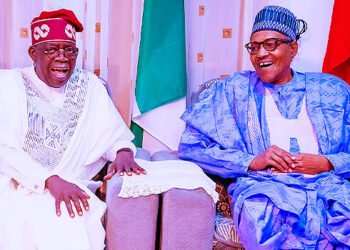

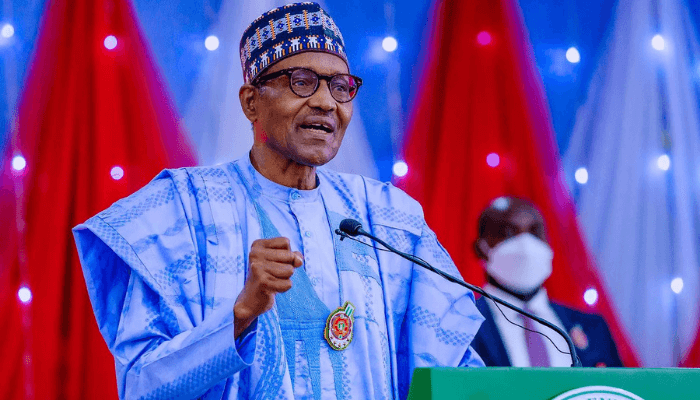

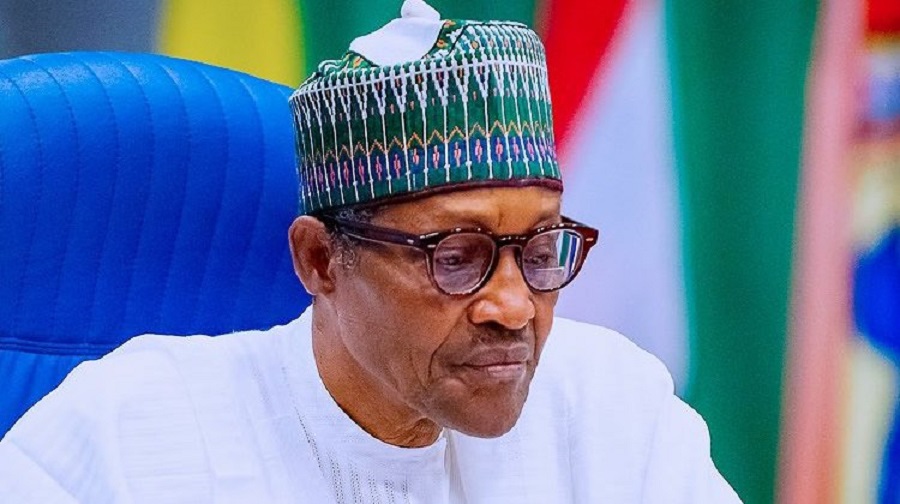

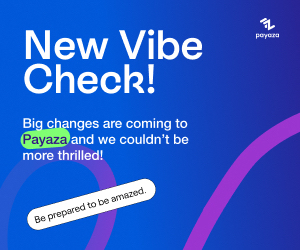
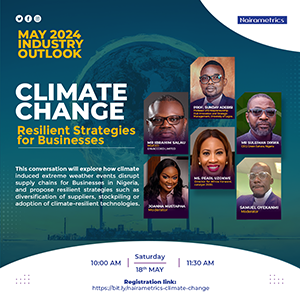




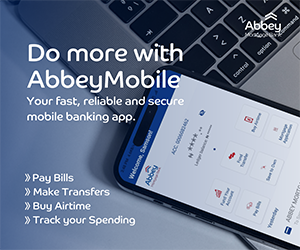



This is great!
Mr too know Obasanjo could not build such a game changing project or like Niger Bridge.All he does is criticise and predict doom. Nobody is a saint but Buhari deserves commendation for these types of projects and the Lagos- Ibadan train